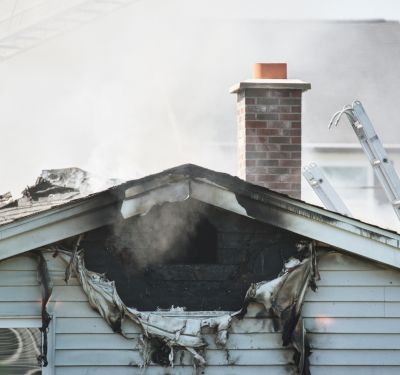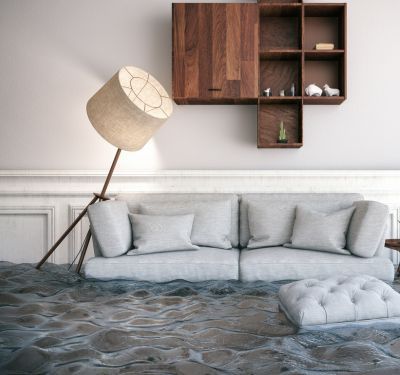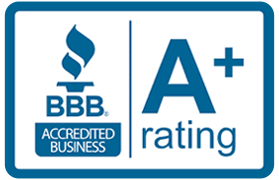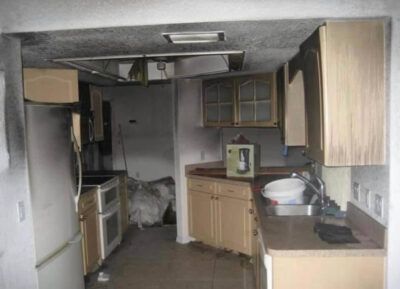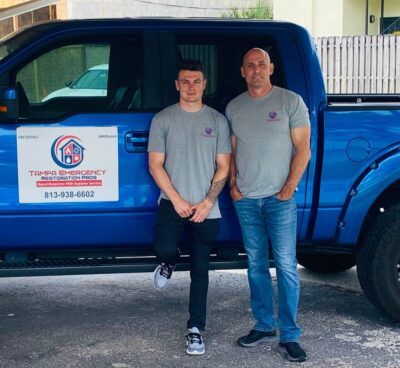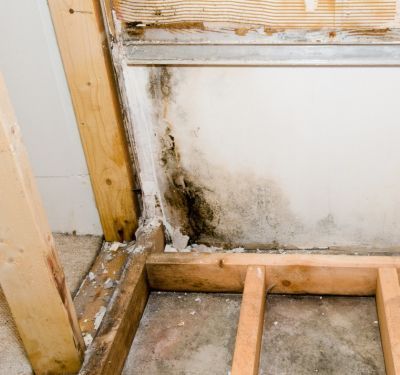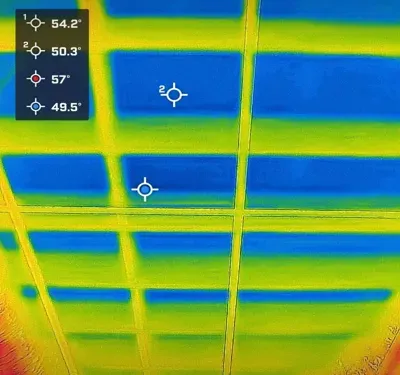Mold Testing vs. Mold Inspection: What’s the Difference?
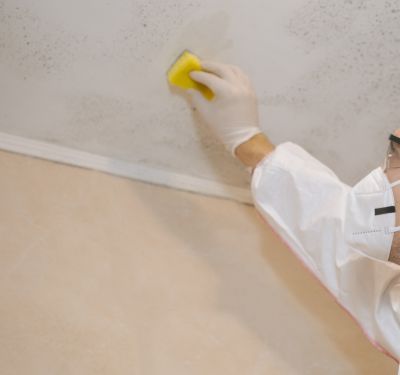
If you’re concerned about mold in your home, you’ve likely come across the terms mold testing and mold inspection. While they might sound similar, these are two distinct processes that serve different purposes in identifying and addressing mold problems in your home. While mold testing focuses on identifying the kind of mold in a building, mold inspection includes visual testing and use of a moisture meter to detect the extent of a mold problem.
This blog will help you understand the differences, processes, and when to call a professional mold restoration company.
What is Mold Testing?
The World Health Organisation (WHO) recommends minimizing mold exposure for public safety and protection from respiratory and other illnesses that may be caused by presence of mold in a building.
Mold testing is a process designed to determine the presence and concentration of mold spores in your indoor environment. This process helps identify specific types of mold and whether the mold levels are higher than normal.
The Process of Mold Testing
Mold testing involves taking samples from the air, surfaces, or both. Certified mold remediation and restoration professionals, such as the ones at Tampa Emergency Restoration Pros, use advanced equipment and lab analysis to identify mold spores. Here’s a breakdown of the steps:
- Air Sampling:
Special air pumps capture mold spores from your indoor environment. These samples are sent to a lab to analyze spore concentration and types. Air testing is especially useful for detecting invisible mold spores that aren’t visible to the naked eye. - Surface Sampling:
Swabs or tape lifts are used to collect mold samples from surfaces such as walls, ceilings, or furniture. This method confirms the presence of active mold colonies. - Bulk Testing:
Physical pieces of materials, like drywall or carpet, may be collected for laboratory analysis. This is often done when mold damage restoration requires invasive measures. - Moisture Testing:
Moisture meters are sometimes used during mold testing to confirm the level of dampness in certain materials, as mold thrives in moist environments.
Equipment Used in Mold Testing
- Air Sampling Pumps
- Swabs and Tape Lifts
- Moisture Meters
- Microscopes and Lab Equipment
When to Choose Mold Testing?
- If you notice health symptoms like allergies or respiratory issues but see no visible mold. According to Clear Property Inspections, mold testing helps identify the presence of mold even when it’s not visible.
- After mold remediation, to confirm that the mold problem has been resolved.
- To identify specific mold types, especially in cases of suspected toxic mold. This data helps understand the kind of mold that is present in a building to determine the course of action for mold removal.
What is Mold Inspection?
Mold inspection is a comprehensive process aimed at identifying the source, extent, and causes of mold growth in your home. Unlike mold testing, mold inspection focuses on visual assessments, environmental conditions, and structural issues rather than analyzing mold spores.
The Process of Mold Inspection
- Client Interviews:
The process starts with a conversation. Inspectors ask about water damage, musty odors, or health symptoms to understand your specific concerns. - Visual Inspection:
Inspectors thoroughly examine areas where mold is likely to grow, such as basements, attics, bathrooms, and kitchens. They check for discoloration, water stains, peeling paint, or visible mold colonies. - Moisture Meter Detection:
A moisture meter is used to measure the dampness of materials like drywall and wood. High moisture levels often indicate areas where mold could thrive. - Infrared Thermal Graphic Imaging:
The advanced technology used in thermal cameras helps identify hidden moisture in walls, ceilings, or floors that may not be visible during a standard inspection. This technology is crucial for spotting mold risks early. - Mold Inspection Report:
After the inspection, you’ll receive a detailed report outlining the findings. This includes the locations of mold growth, moisture issues, and recommended next steps for mold removal restoration or remediation.
Equipment Used in Mold Inspection
- Flashlights and Magnifiers
- Moisture Meters
- Infrared Thermal Cameras
- Digital Cameras
When to Choose Mold Inspection?
- If you see visible mold or notice water damage.
- When buying or selling a property.
- To determine the extent of mold damage before mold restoration.
What’s the Difference Between Mold Testing and Mold Inspection?
| Aspect | Mold Testing | Mold Inspection |
| Purpose | Identifies types and concentrations of mold spores. | Identifies the source, extent, and causes of mold growth. |
| Process | Sampling air, surfaces, or materials. | Visual inspection, moisture detection, and thermal imaging. |
| Equipment | Air pumps, swabs, lab analysis tools. | Moisture meters, thermal cameras, visual tools. |
| Outcome | Lab report with mold type and spore levels. | Detailed report with findings and action plan. |
| Ideal For | Invisible mold or post-remediation checks. | Visible mold or potential structural issues. |
Frequently Asked Questions
1. Can I do mold testing or inspection myself?
While DIY kits are available, a professional mold restoration company, such as Tampa Emergency Restoration Pros, would ensure accuracy and thoroughness. Mold restoration companies use advanced tools and expertise to provide reliable results.
2. Do I need both mold testing and mold inspection?
It depends on your situation. Mold testing is helpful for airborne spores, while mold inspection addresses the source and extent of mold. Many professionals recommend combining both for a comprehensive approach.
3. How long does mold inspection take?
A typical inspection can take 2–4 hours, depending on the size of your property and the extent of the issue.
4. Are mold restoration companies necessary for minor mold issues?
For small, localized mold problems, you might handle it yourself. However, professional mold remediation and restoration are recommended for larger infestations to ensure safety and prevent recurrence.
5. How much does mold inspection cost?
A mold inspection can cost between $300 – $650 on average. The cost of an inspection depends on mold location & accessibility, size of contaminated area, and whether you have requested for expedited services.
Final Thoughts
Understanding the difference between mold testing and mold inspection is essential for addressing mold problems effectively. Mold testing identifies the presence and type of mold, while mold inspection pinpoints the root cause and extent of the issue. Both are crucial steps in ensuring your home is mold-free and safe.
At Tampa Emergency Restoration Pros, we specialize in both mold inspection and mold remediation and restoration. Whether you need a detailed inspection or expert mold removal restoration services, our team is here to help. With state-of-the-art equipment and certified professionals, we ensure your property is thoroughly inspected, treated, and restored to its original condition.
Don’t let mold compromise your home and health. Contact us today for reliable and professional services tailored to your needs!
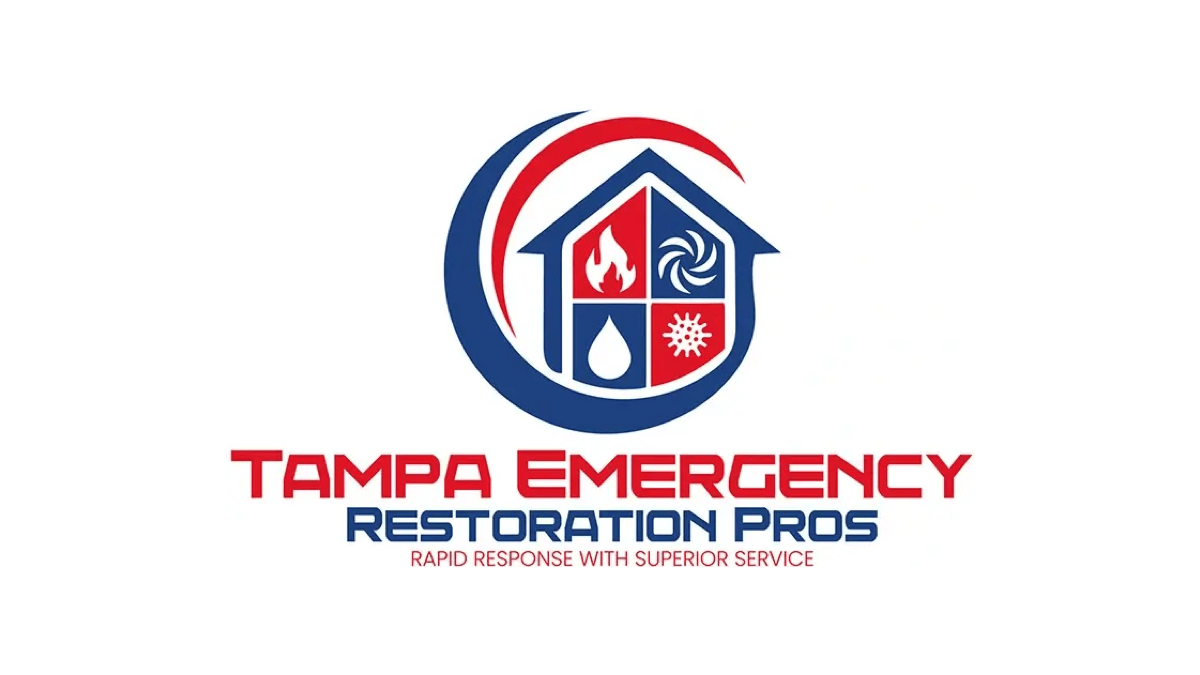
Other Blogs You May Be Interested In
Categories
